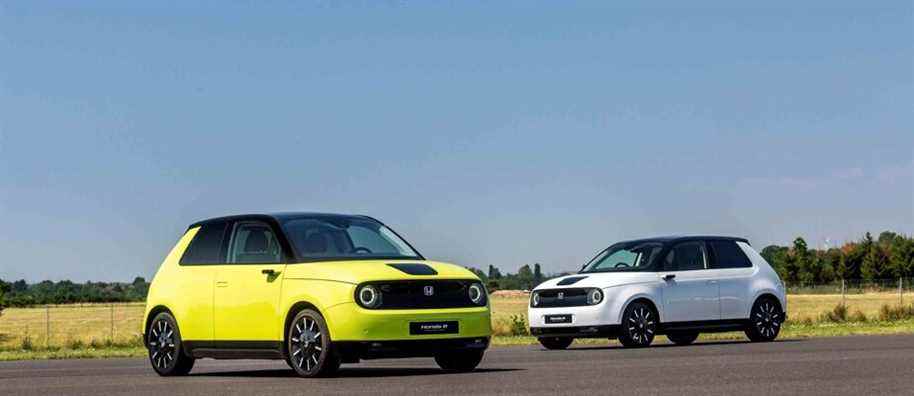“There is no point in running, you have to start on time. Jean de La Fontaine’s fable of the hare and the tortoise is a good illustration of Honda’s electric strategy. The largest producer of gasoline engines in the world does not refuse to take up the challenge. Only to spend crazy sums in a still immature market.
Posted at 5:45 p.m.
In fact, Honda, like many Japanese automakers, didn’t anticipate the speed at which the auto industry was going to plug in. Jean-Marc Leclerc, President and CEO of Honda Canada, recognizes this, but is careful not to admit that the company is now trailing behind its competitors. “A bit against the general trend, perhaps,” he says.

PHOTO PROVIDED BY HONDA
Jean-Marc Leclerc, President and CEO of Honda Canada
The Japanese firm has already indicated that its products will all convert to electricity by 2040, but says it is ready to speed up the pace if it is forced to, provided that certain conditions are met. The issues of infrastructure, affordability and acceptability prompt the Japanese brand to be cautious.
A first step
The Japanese brand soon intends to lift a part of the veil that covers its first electric vehicle that it intends for North America, the Prologue. This vehicle, which will take the form of a utility vehicle, will be presented to consumers on the same date in two years. It will house an architecture designed by General Motors (GM). It should be remembered that it has entered into two strategic alliances. One is about autonomous driving. The other on electrification. These give Honda access to key components such as the Ultium battery modules, for example, developed by its partner and no less American rival.
The release of the Prologue will be followed, a few months later, by a chic version, which will sport the Acura crest. The name of this future model will be unveiled shortly.
Discreet, the Japanese firm is also unpredictable. His retirement from Formula 1 last season reminded us of this once again. Will its partnership with GM be long-lasting? Already, the Japanese brand has made no secret of its interest in dry batteries (GM’s is lithium-ion) and its intention to design its own electrical architectures from 2025. With or without GM’s help? If it is without, will the technical durability of the Prologue and its equivalent at Acura be then threatened?
A bouquet of novelties
Until Honda puts part of its range under pressure, the Japanese company intends to give a boost to its thermal engine models. On the calendar of unveilings, there are new versions of the HR-V, Pilot, Accord, Civic Type R and, of course, CR-V. The latter alone represents almost a third of the brand’s sales in the country. “Our expectations are very high with regard to this vehicle,” acknowledges Jean-Marc Leclerc. Especially since, for the first time in Canada, the CR-V will be entitled to a hybrid version. This will be preferred by 60% of customers in the years to come, we think at Honda.
At Acura, all attention will be directed to the return of the Integra to the starting lineup. Let’s say it bluntly and without preamble: the case seems quite badly started for this model with the mythical name. Called to succeed the ILX, the Integra has, in its concept form, been lukewarmly received by enthusiasts. Too banal, not sharp enough in the eyes of its detractors, the future Integra appears as an illustration of the brand’s loss of substance. Jean-Marc Leclerc is well aware of the reactions and naturally goes to his defense. He believes that this model deserves to be given the chance to assert itself. With reason. No one has tried it yet.
New features expected over the next year
- Acura Integra (spring)
- Honda HR-V (spring)
- Honda CR-V (summer; a hybrid version will follow in the fall)
- Honda Pilot (Fall)
- Honda Civic Type R (Fall)
- Honda Accord (Fall)

